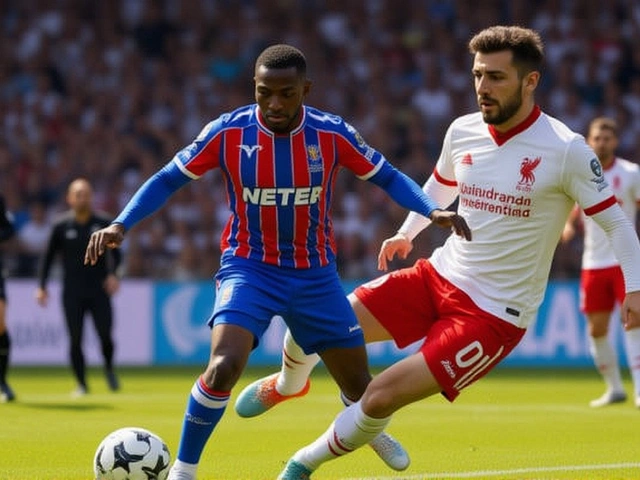Age 30: Your Best Years for Running and Cycling
If you’ve just hit the 30‑year mark, you might think you’re past your prime. Wrong. Age 30 is actually a sweet spot: you’ve got enough experience to train smart, and your body still recovers quickly. The trick is to mix the right workouts, recovery habits, and everyday choices.
Train Smart, Not Hard
At 30, you can still push hard, but you need to respect the warning signs. Instead of cranking out endless miles, focus on quality. Do a mix of interval sessions, steady‑state rides, and one long run or ride each week. For example, a 4‑minute hard effort followed by 2 minutes easy, repeated 8‑10 times, improves speed without overloading muscles.
Strength work matters, too. Add two short strength circuits a week—think lunges, single‑leg deadlifts, and core planks. Strong hips and core protect your knees and back, which become common trouble spots after 30.
Recovery Is Your New Best Friend
Recovery habits that worked at 20 won’t cut it forever. Prioritise sleep: aim for 7‑9 hours and keep a consistent schedule. Hydration and a post‑workout snack with protein and carbs (like Greek yoghurt with fruit) speed muscle repair.
Don’t skip active recovery. A relaxed 30‑minute bike ride or a brisk walk helps flush out waste products and keeps the blood flowing. Stretching after every session, especially calf and hip flexor stretches, reduces tightness that can lead to injury.
Nutrition That Fuels a 30‑Year‑Old Athlete
Metabolism slows a bit after 30, so keep portions in check but don’t starve yourself. Focus on lean protein (chicken, fish, beans), whole grains, and plenty of veggies. Omega‑3 rich foods like salmon or walnuts aid joint health.
If you’re training for a race, experiment with easy‑to‑digest carbs (bananas, rice cakes) during long rides. Test them in training, not on race day.
Balancing Work, Life, and Training
Career and family demands rise around 30. Schedule workouts like meetings—put them on your calendar and treat them as non‑negotiable. Early morning runs or lunchtime bike rides often survive office interruptions better than evening sessions.
Leave room for fun. Join a local cycling club or a running group. The social aspect keeps you motivated and adds a competitive edge without feeling like a chore.
Bottom line: age 30 is a launchpad, not a limit. By training smarter, recovering better, eating right, and fitting workouts into your busy life, you can keep improving your running and cycling performance for years to come.



